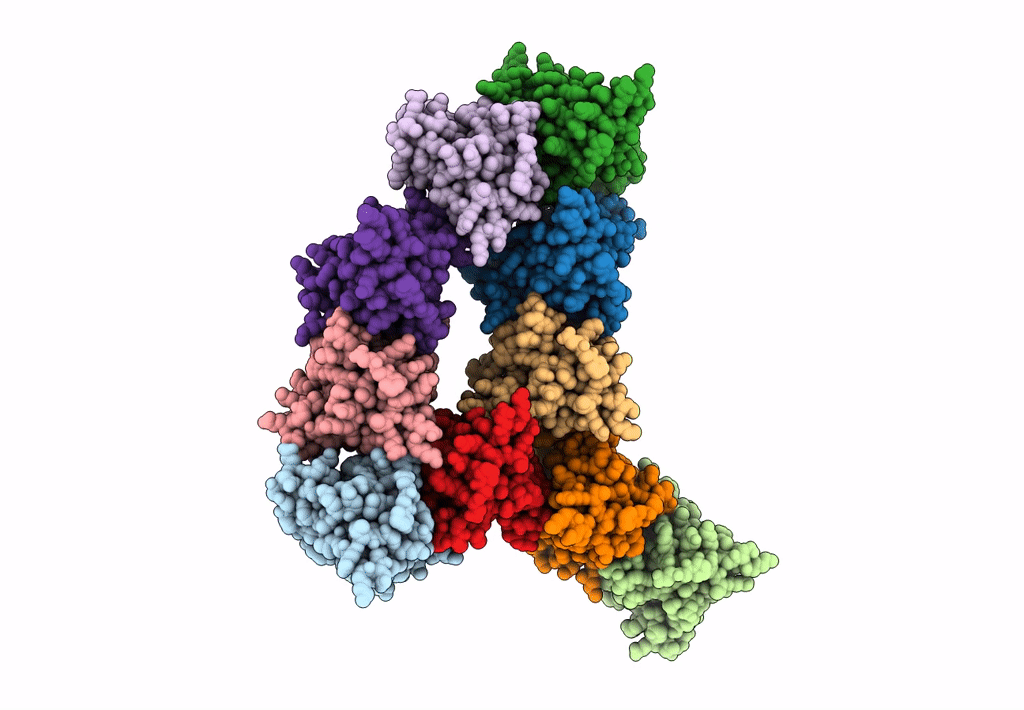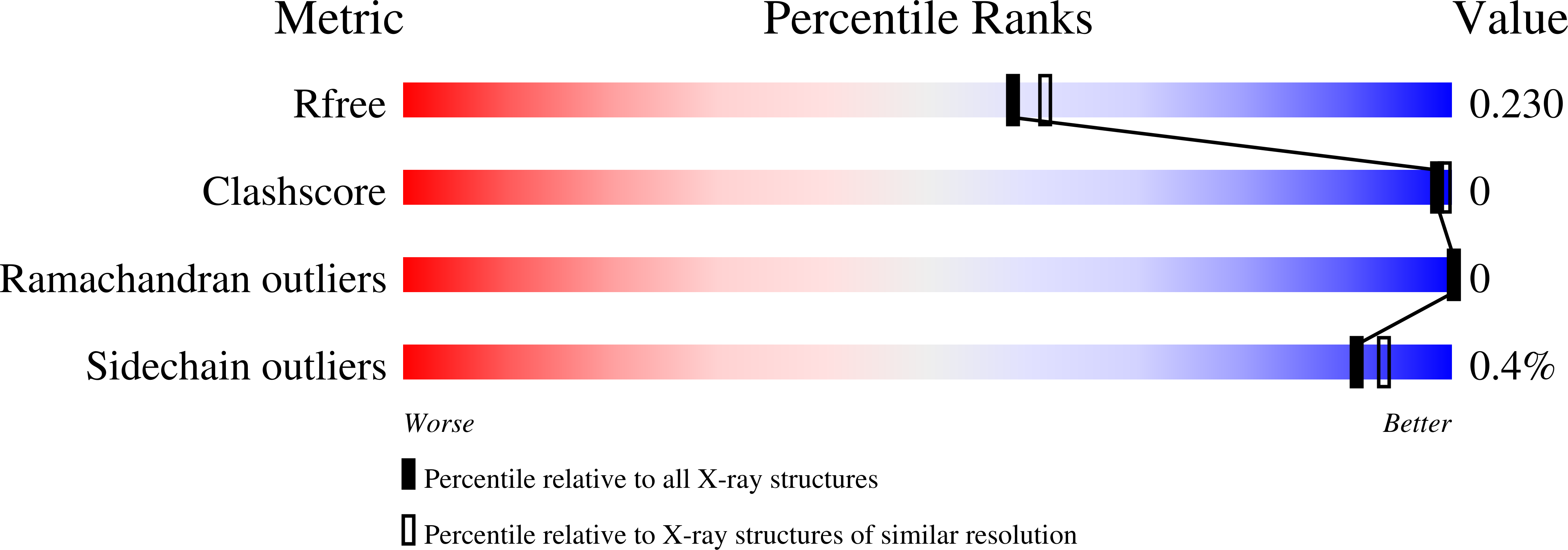
Deposition Date
2006-03-11
Release Date
2007-01-02
Last Version Date
2023-10-25
Method Details:
Experimental Method:
Resolution:
2.00 Å
R-Value Free:
0.20
R-Value Work:
0.18
R-Value Observed:
0.18
Space Group:
C 2 2 21


